Dogs love to chew. It’s our job as responsible owners to direct their drive to chew onto non-destructive, healthy objects. Rawhide has been a staple material used to produce dog chews for decades but it hides dangers that all pet owners should be aware of. Read on to discover the myriad of dangerous issues with Rawhide Chews.
The Ingredients
As Dog owners become more conscious of the ingredients in their dog’s diet, it’s natural that the makeup of Rawhide chews has been brought into question. Essentially, Rawhide is an industrial by-product of the Meat & Leather industry. Most hides are taken directly from slaughterhouses and packing into highly salted vats of brine, done to prevent them rotting.

Most Rawhide chews are manufactured in countries with poorly regulated industries, as a result it can take weeks or even months for the hides to make it to tanneries for the final stages of their production.
Chemicals and physical exertion are used to remove any remaining hair and fat and the hides are given a final rinse. Salt Brines cannot fully prevent decay, only delay it. This regularly leads to high levels of bacteria contained within Rawhide chews.
The Digestibility
Rawhide, given its ingredients and composition, is not easily digested. Large chunks of Rawhide can easily cause esophageal & intestinal obstruction.
Not only that, Rawhide can last for months in your dog’s stomach causing gastrointestinal issues.

The Chemicals
During the production of Rawhide, the material your dog ends up chewing comes into contact with some particularly nasty chemicals.
Post salt-brine stage, Rawhide is treated with Bleach and/or Hydrogen Peroxide to wash and whiten the material, as well as remove the putrid smell of decay.
There are situations where stronger chemicals are used when Bleach doesn’t prove strong enough for whitening.
The hides are then painted with coatings of dye and flavouring, which can even include Titanium Oxide to give them a shine on the shop shelf.
The Shelf Life
When tested, various unexplained chemicals have been discovered in Rawhide chews. These have included Lead, Arsenic, Mercury and even Formaldehyde. These chemicals are often attributed to glues used in shaping and preserving Rawhide chews. Yum…
The Solution
Thankfully, there are many safer, healthier and more environmentally friendly alternatives to Rawhide chews on the market!

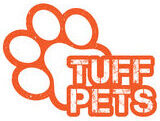
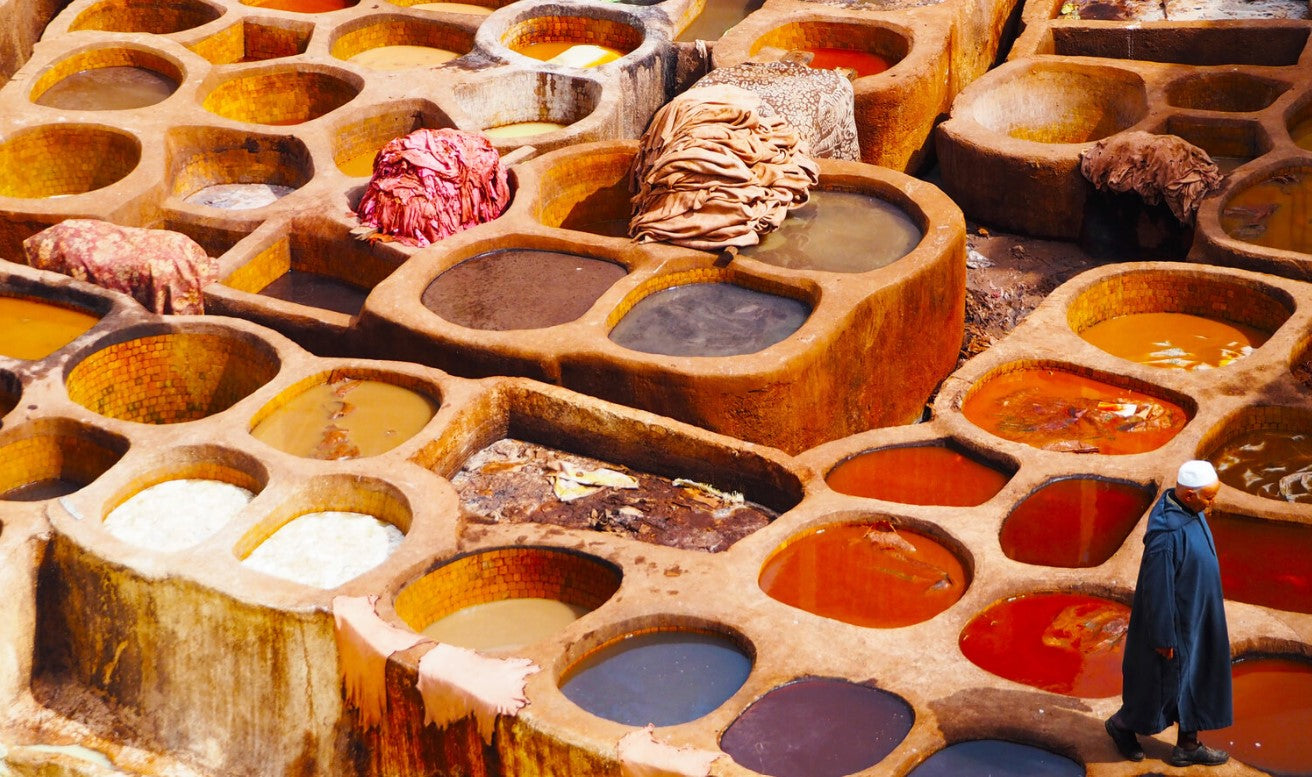
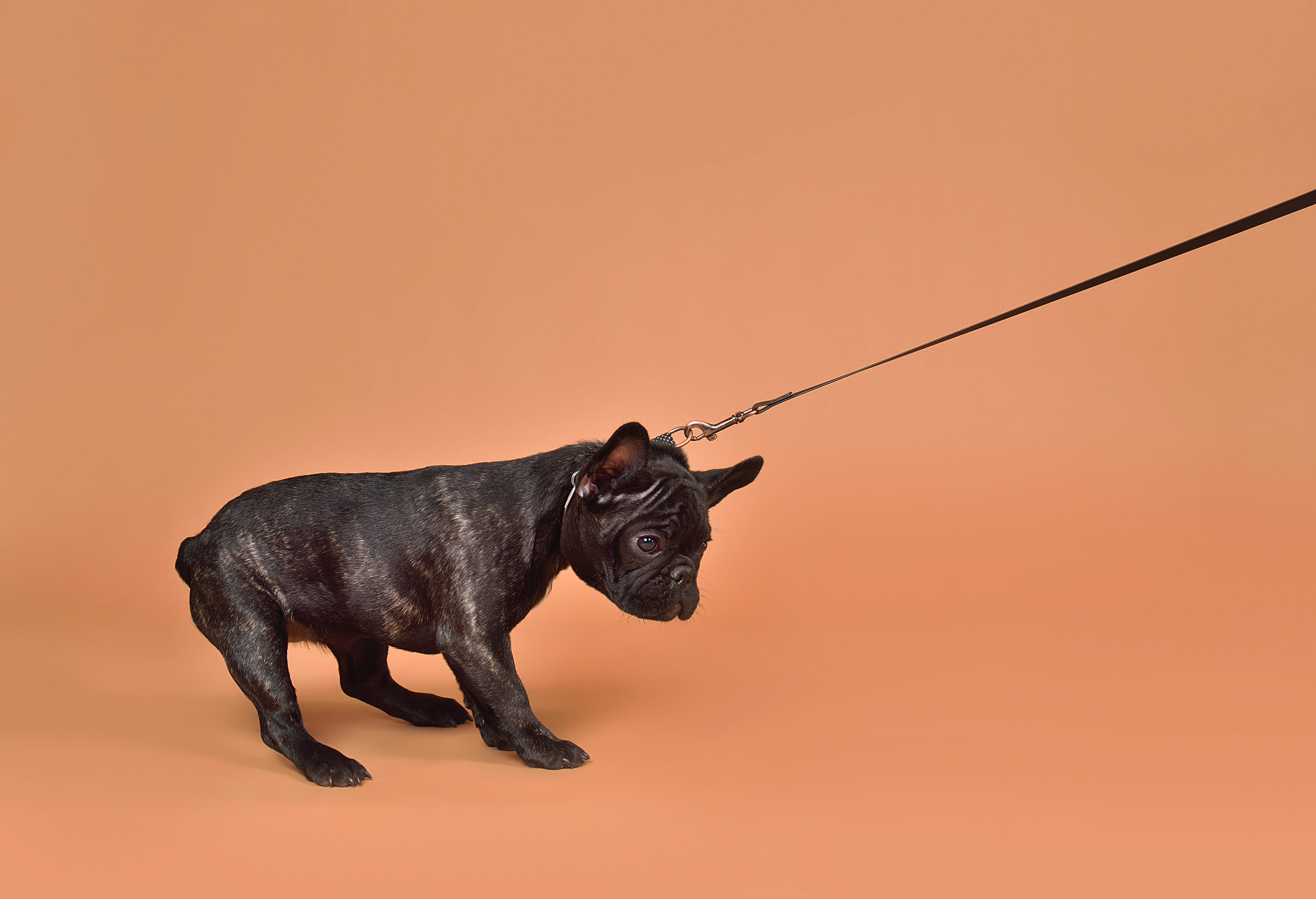
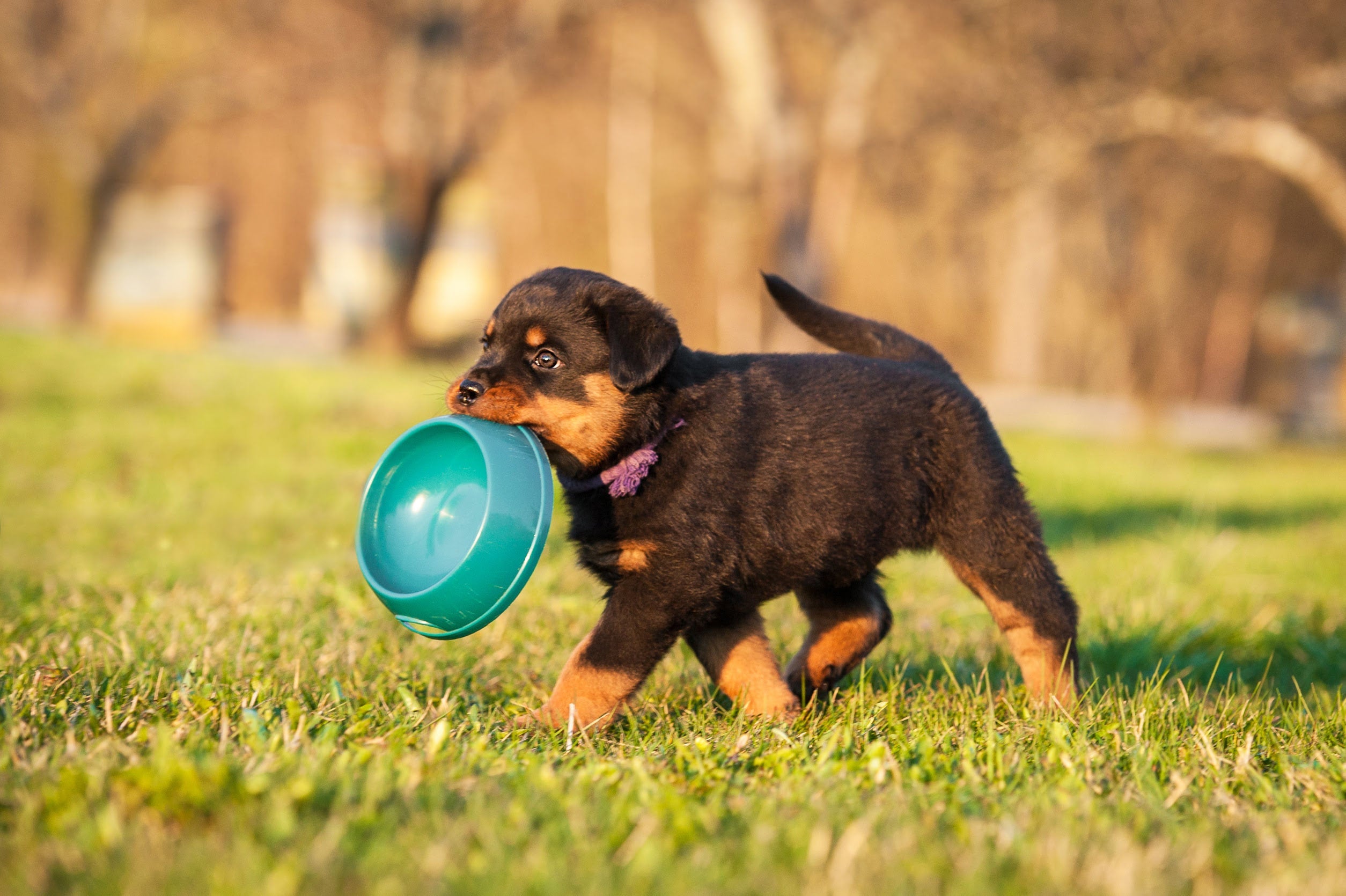

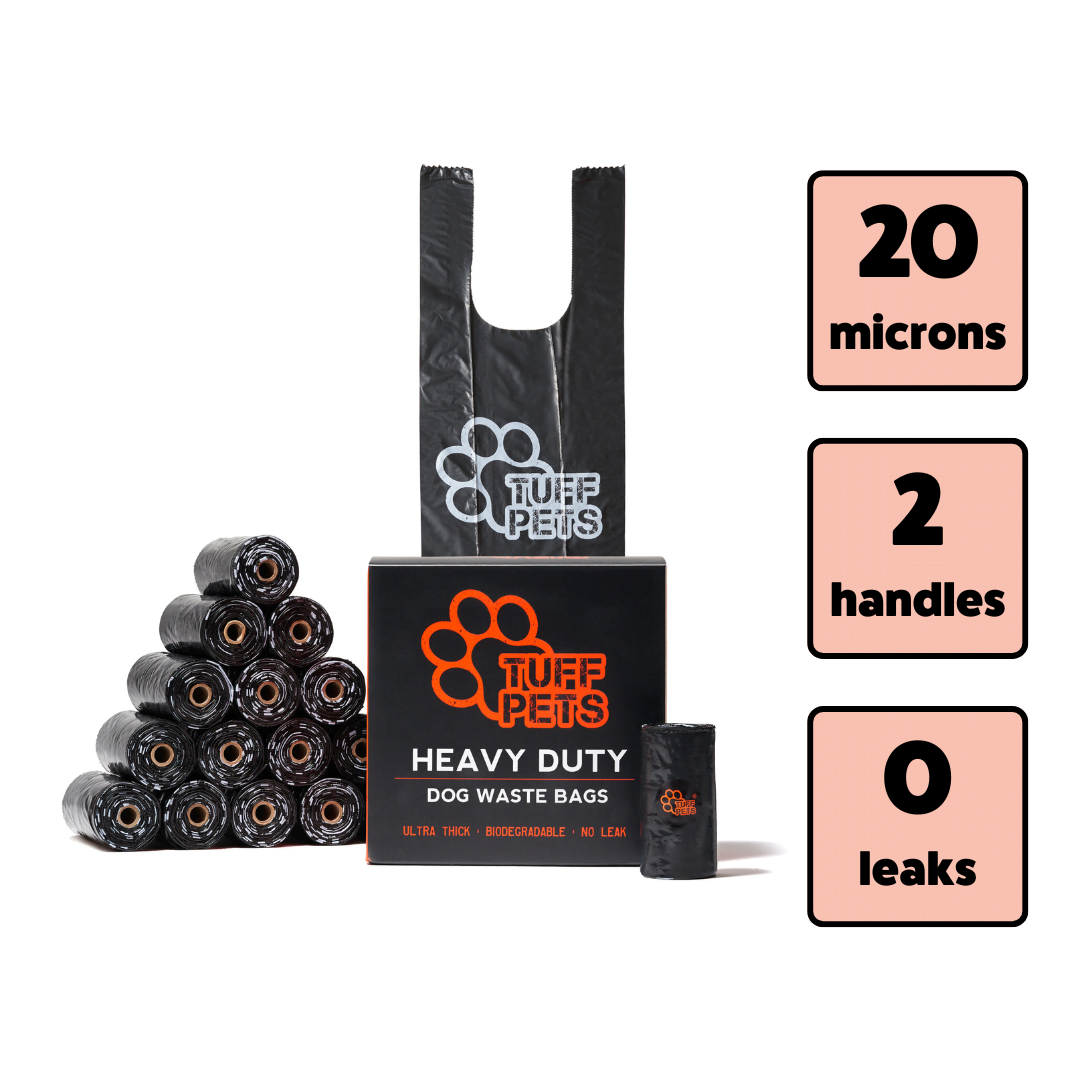
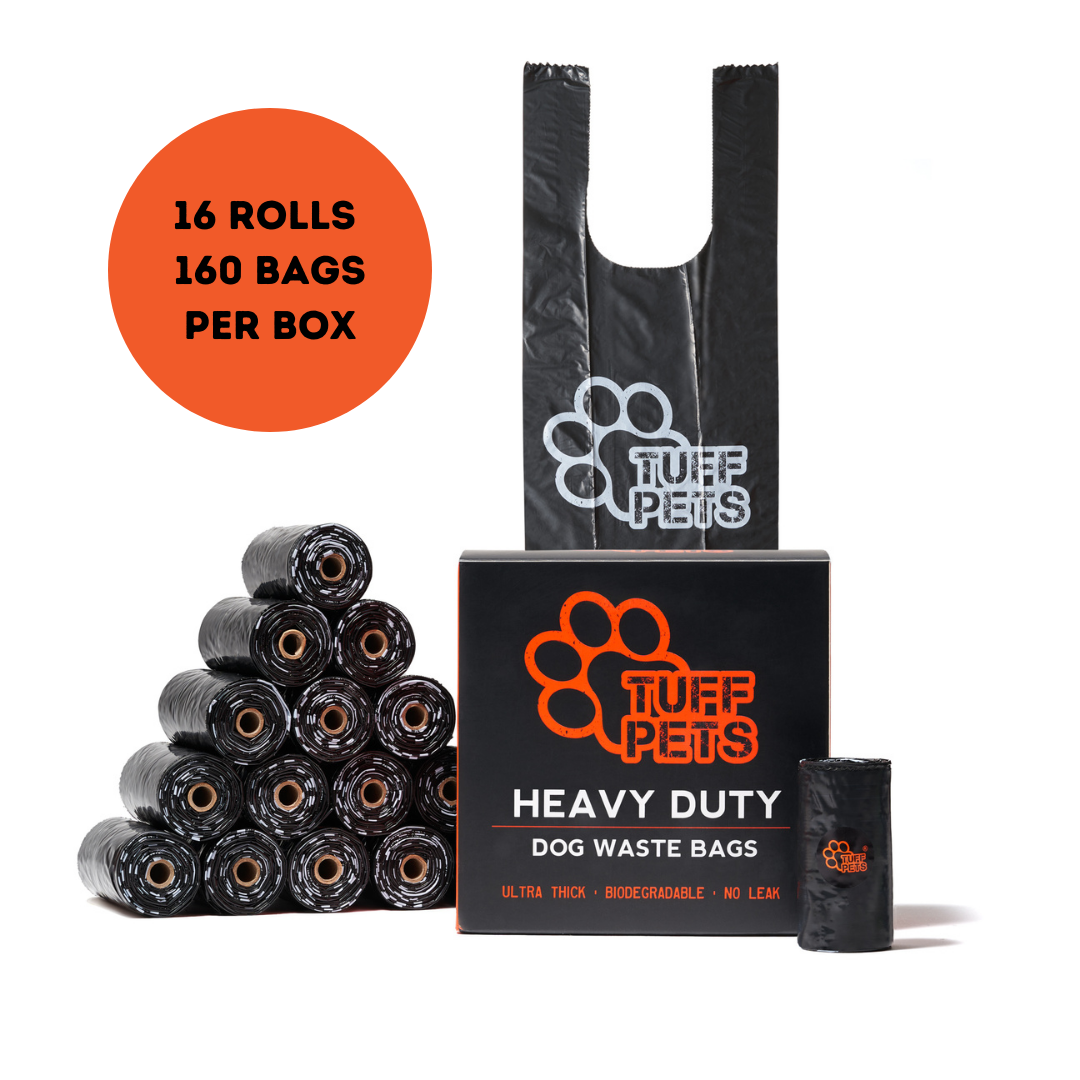
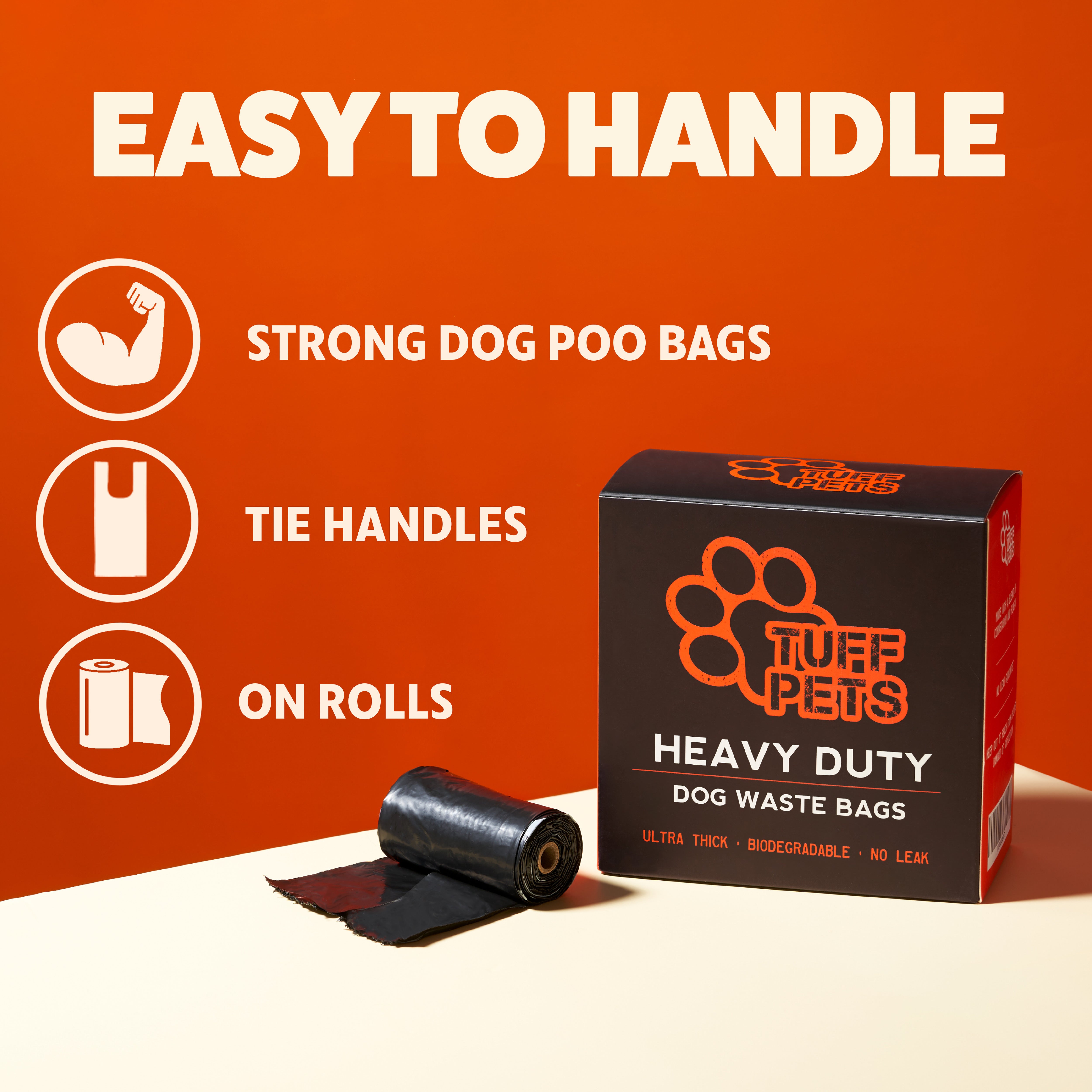

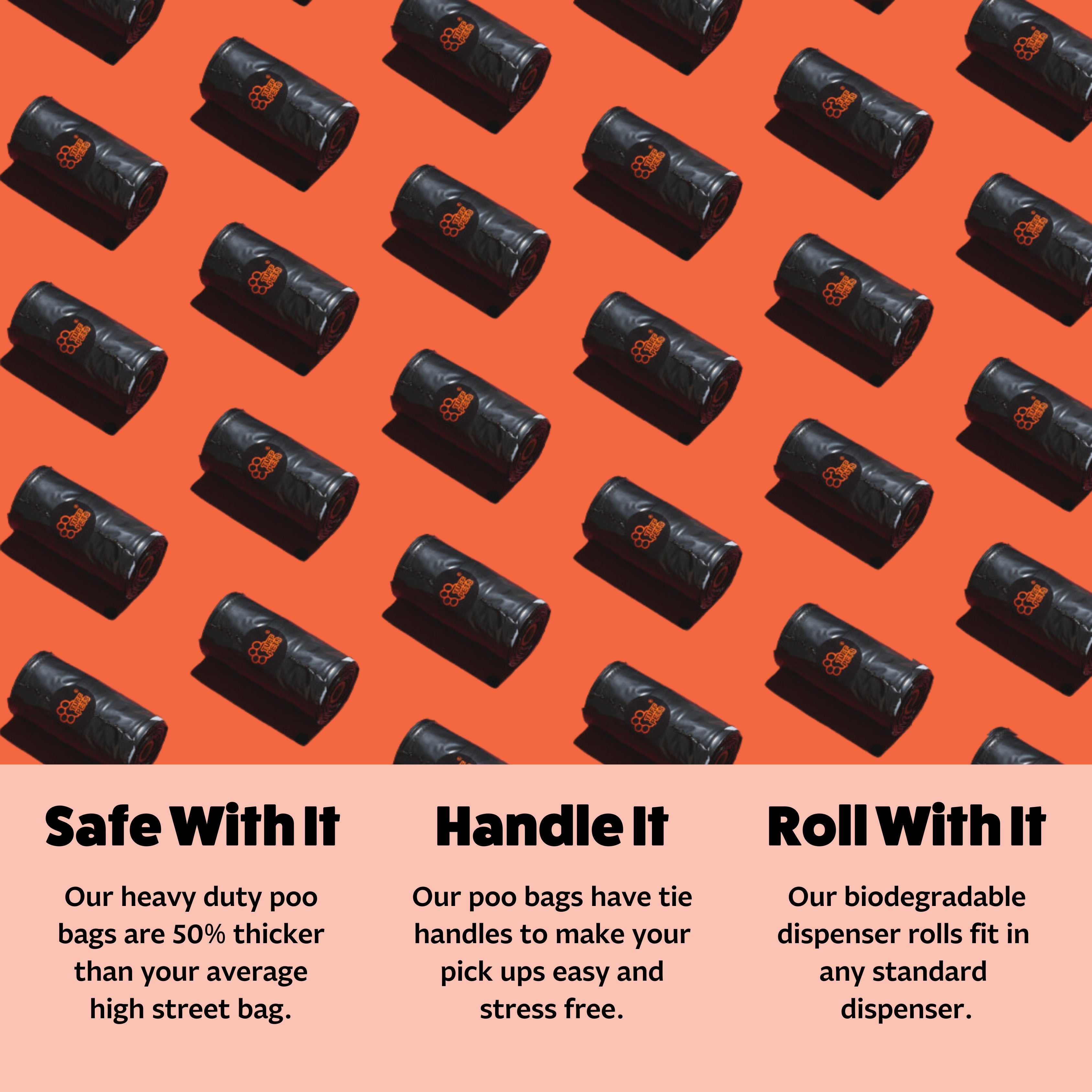
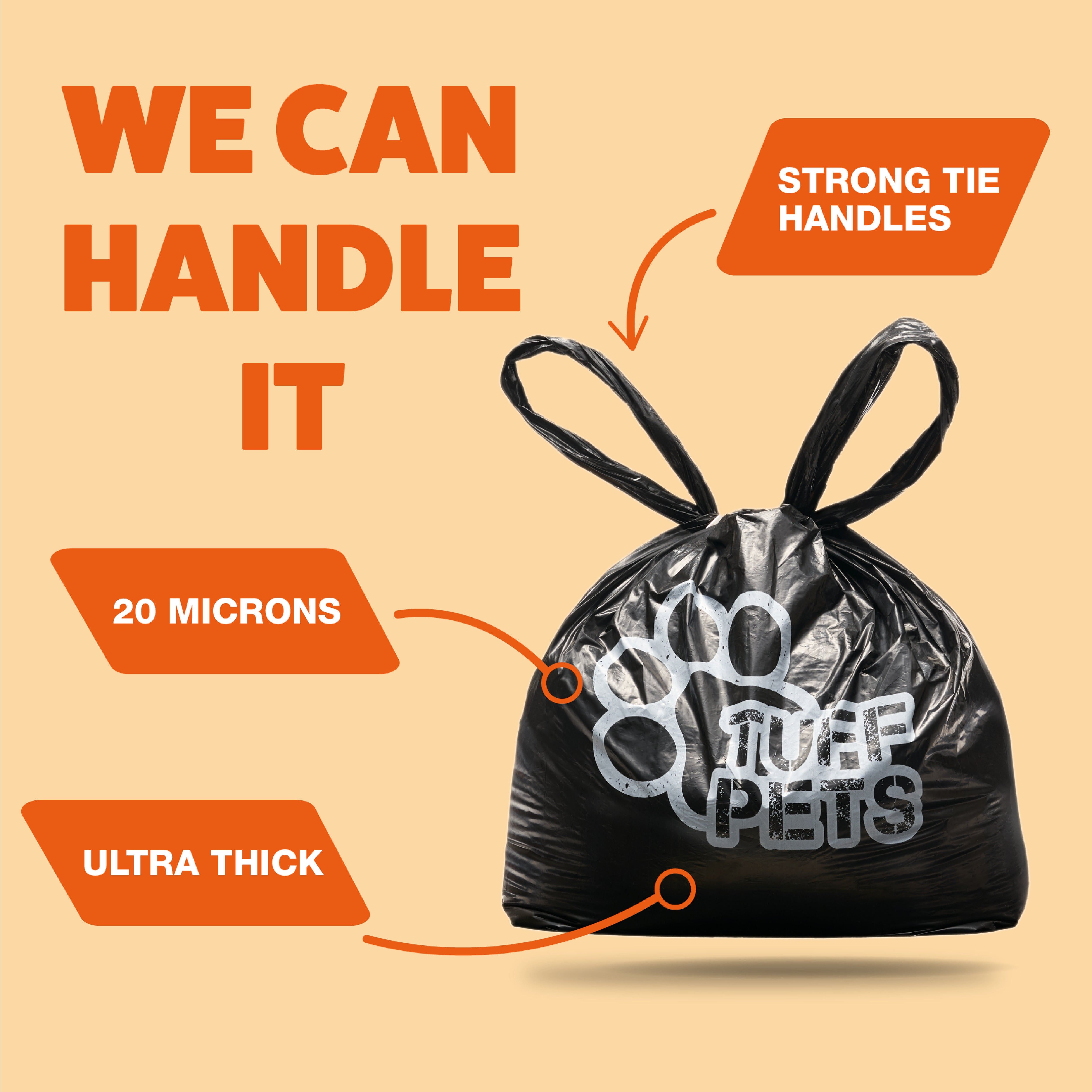


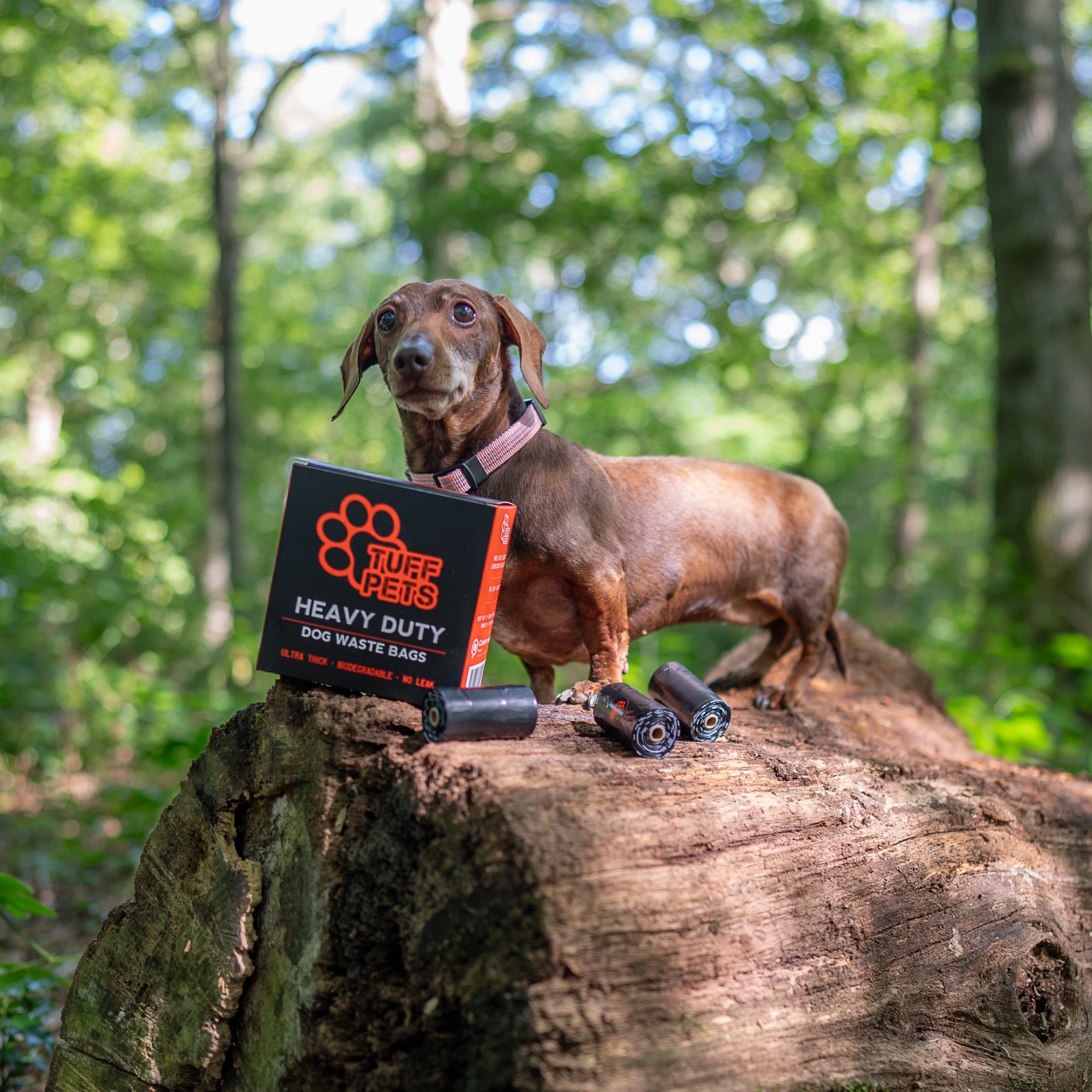




Share:
Tried & Tested Ways to Calm your Anxious Dog Today
How to clean your Dog’s Ears at Home